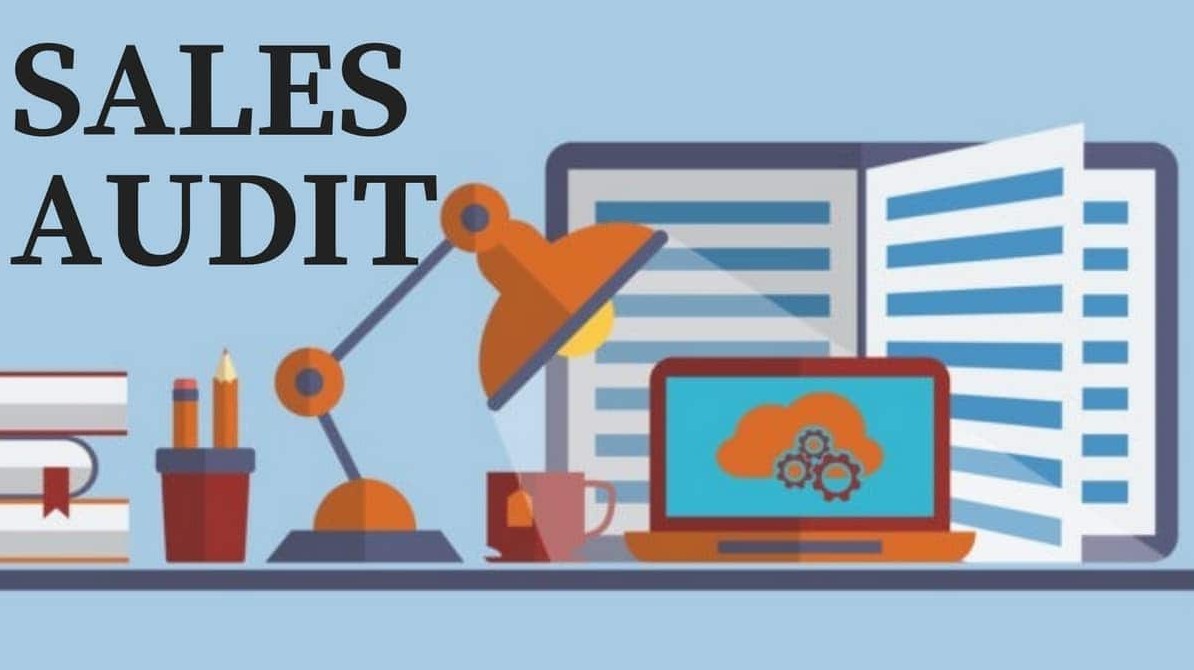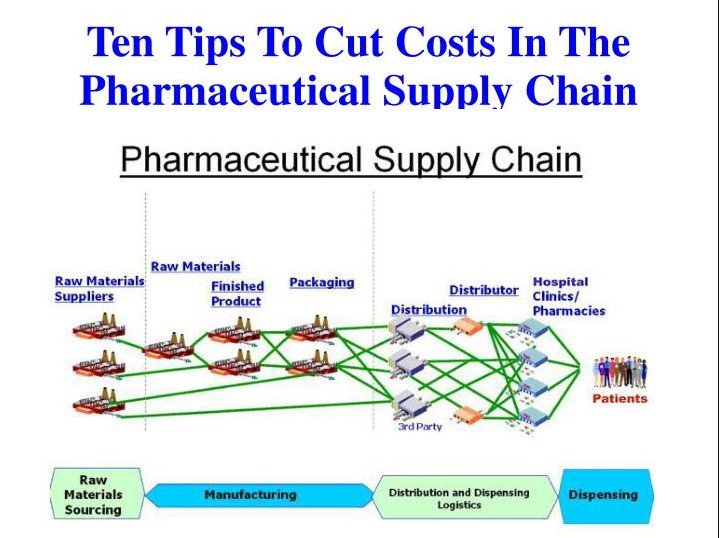Introduction
Controlling a use and sales tax audit is difficult. There are procedures and steps you need to be aware of before an audit notification is delivered to your desk. There are also options available to alter the outcome in the course of audit. Additionally, you be able to negotiate your assessment once the final audit report is given. It is built upon the more than 50 years of expertise of our partners in the management of sales and use tax audits in nearly every state of the nation.
1. Expect an audit
One of the most common questions that will pop up in your head is what the reason for your company being selected to be audited. There are a variety of reasons why a company should be examined, however here are a few that are more commonly used:
Most jurisdictions select certain industries to be the subject of an audit. These are industries that typically have complicated or new tax rules, which can lead to the possibility of making mistakes along the way. Internet companies or service industries are just a few of the recent industries that have been targeted.
An audit from one or your customer might result in a review of your invoices , and an assessment that you’re paying tax in a timely manner. The auditor will trace the breadcrumbs’ trail back to you.
An employee who is unhappy and realizes that you’re not paying taxes in a particular area may notify the tip-line.
A drive-by accident at one of your locations or even recognizing a delivery vehicle or an employee at a trade fair within their area by an auditor may lead to an audit.
Sometimes, audits result from randomness.
* Jurisdictions are in contact with each other, which could cause more audits.
After being identified, you must anticipate a regular audit process, especially if your initial audit results were favorable to the authority.
2. Maintain the Compliance Documentation
The documentation for compliance should be created in a way that is simple for auditors to read. Many companies find themselves in the middle of an audit with no proper documentation. In this situation auditors are likely to consider the transactions are tax-deductible and, in the event that there isn’t a proper sales or invoice data the auditor may create estimates of historical data or an arbitrary assessment of the tax-deductible sales. The documentation that is typically required by auditors in order for a thorough review comprises the following:
Accruals of sales tax Sales tax must be reported on your general ledger with an individual GL account number.
* Invoices both from an opportunistic sales and buyer’s viewpoint.
* Credits/returns – Make certain that these are clearly labelled by your financial system, and are appropriately invoiced.
* Exemption Certificates- Maintain exact exempt certificates that are complete for every exempted customer.
* Bad debt – The majority of states permit a deduction for bad debts which are taken out of the tax system to satisfy Federal tax reasons. Again, be sure this is clearly identified/documented in your accounting system.
* Other changes – Every adjustment you make in your return must have evidence of the adjustment. A majority of businesses keep this paperwork along with the return that was filed.
* Accruals of tax on consumer use They should be tied specifically to purchase receipts.
* Summary reports The summary financials and tax reports must be synchronized with the tax returns that are filed.
Audits for returns start with a look at the tax on sales and use returns, but the majority of auditors require income tax returns too. Gross receipts should be compared with income tax returns and sales or use tax.
3. Assess Your Records
After you’ve been informed that you’ve been audited, you’ll need to review your own records to determine the areas where there are insufficient information. Make every effort to determine your risk before the time of audit. For instance, you might realize that you don’t have the proper exemption certificates in your the file. Recognizing this issue early could allow you to have the time to contact your clients and get the certificates that are missing. Other potential exposure areas discovered could lead you to conduct your audits in a specific way. For instance, if you detect a flaw in your accounting system, or a significant gap in taxability measures over the specified time frame in the audit statute you should avoid taking samples of that period(s) whenever possible. If the time period is examined with great detail with the auditor might be able of separating the time period from any sample to be an exception.
4. Process Review/Outline
It is always beneficial to give the details of your company to your auditor. Be succinct, yet specific about the way in which your business is run. Be wary of facility tours since they can reveal exposed areas. When you go on a tour of your facility auditors can look inside the workings of your manufacturing or warehouse facilities. They might ask questions about the amount of time the forklift is spending moving raw materials from the dock for receiving to the first step of manufacturing vs. the amount of time it will take to move items that have been finished to the warehouse. Both scenarios could be tax-related in different ways.
5. Manage the Relationship
The auditor must treat with dignity and respect similar to every other relationship you may have. Remember that auditors have discretion in their decisions. In addition, you’re likely to have to work with the same auditor for an audit later on. Thus, keeping a strong relationship will pay off for the future. It is important to align the auditor with a person who is from your company, to take care of any information request or questions. In certain circumstances it is possible for an outside consultant to assist the auditor to handle the requests for details.
6. Be aware of what the auditor has Access to
Be wary of leaving the auditor in a location that has access to documents as well as other staff members. Before the auditor comes on site, you should instruct any employees who are likely to be in direct contact with your auditor not to ask questions, but to send the auditor directly to the person you’ve chosen to handle the audit. There are many instances of auditors listening to “water cooler” speech that lead them to a path which led to an assessment.
7. The setting of the Audit Sample
An audit is typically performed using a sampling technique. The methods used to sample differ from jurisdiction to jurisdiction and also from the audit phase to. It is crucial to know your business’s historical cycles and analyze any proposed sampling strategy before approving it. For instance, if your business is in a cyclical state and you want to stay clear of using a “block” test (block samples are used to assess the risk of one account, or period over the entire period of audit evenly). The statistical sampling method is typically the best option, however you must ensure that you are aware of the statistical software that is used by the entire jurisdiction prior to deciding on this approach. The aim is to match your exposure with the times that the exposure has been observed or is likely of happening.
8. Disclose Insignificant Items Proactively
In your pre-audit internal review it is possible that you were not able to tax a specific item for a brief period of time. Based on the importance of the item and the possibility that the auditor will discover the issue, it could be beneficial to make it clear in advance. This gives the auditor a sense that you’re ready to assist them and could prompt them to look over your situation without as much scrutiny. In the simplest sense it can help build relationship with the auditor and help negotiate difficult issues shift more to your advantage.
9. Develop a system to manage Exemption Certificates
A process for the management of exemption certificates is essential to the success of audits in a variety of scenarios. Exemption certificates must be requested at the beginning of the process, inspected to ensure they are complete and valid and then managed to allow easy retrieval, and renewal at the time of expiration. If you have a well-organized procedure, the risk of being audited in the first place can be reduced, and the long periods of invasive client calls to request certificates following the fact are completely eliminated. After you’ve been informed of an audit pending it is your responsibility to determine if there is a significant weakness in the process for obtaining exemption certificates. If so need to, you’ll have plenty of time to request certificates from your customers prior to the start of the audit. Similar to the majority of cases after an audit has been evaluated, you’ll have the chance to request exemption certificates to limit your risk. The process of requesting certificates prior to the audit as well as after the assessment may be a challenge. In the beginning, you might discover that your clients are no longer operating. It is also possible that they’re no longer customers, and not willing to assist you in the documentation process. It is best to establish to have a solid process at the front end at the time of processing orders.
10. Talk about the Results
The auditor is likely to “sell” you on their findings. There’s typically some uncertainty with the audit report that allows you to discuss the results. Make an effort to collaborate with the auditor to learn their reasoning and understanding of the law with respect to the specific transaction. You’ll want to keep good relations should you be audited again. Do not be a burden to their supervisor, as it could cause anger. Additionally, reducing an assessment by appealing the procedure can be very time-consuming and costly. However, it could be the only option based on the specific circumstances.




















